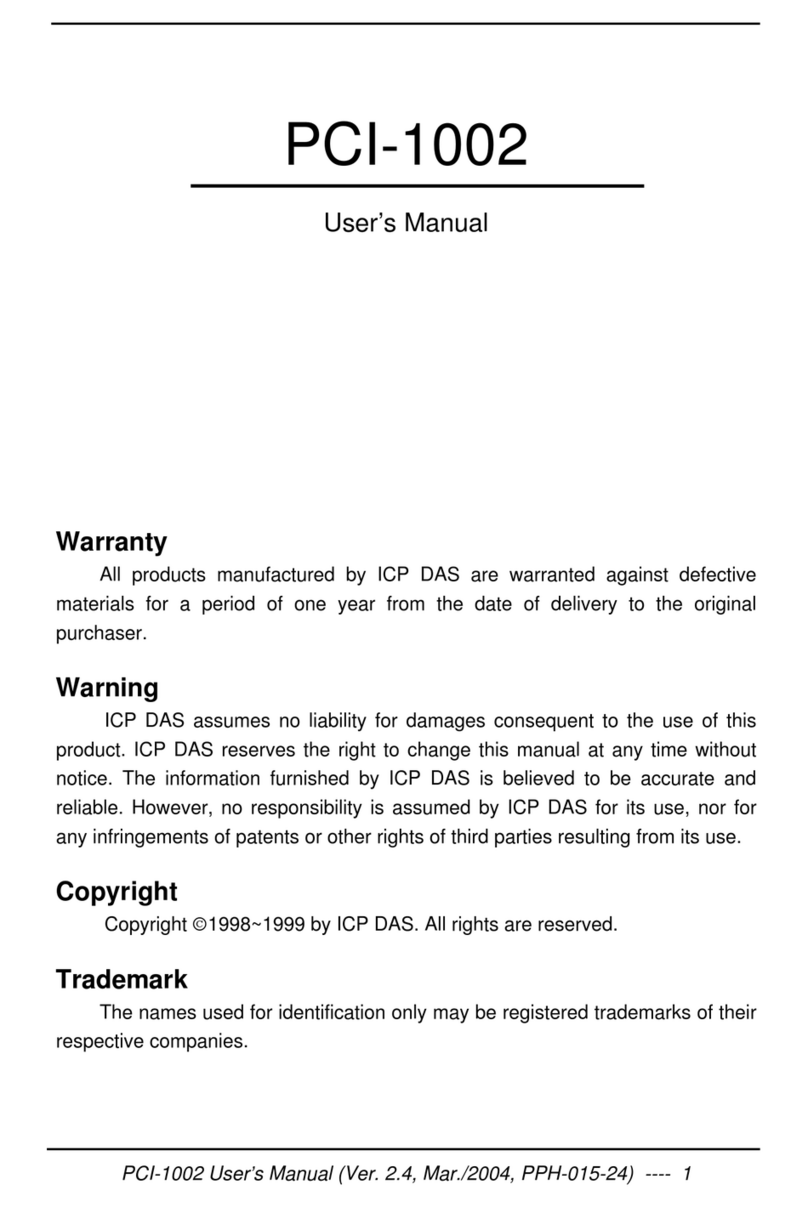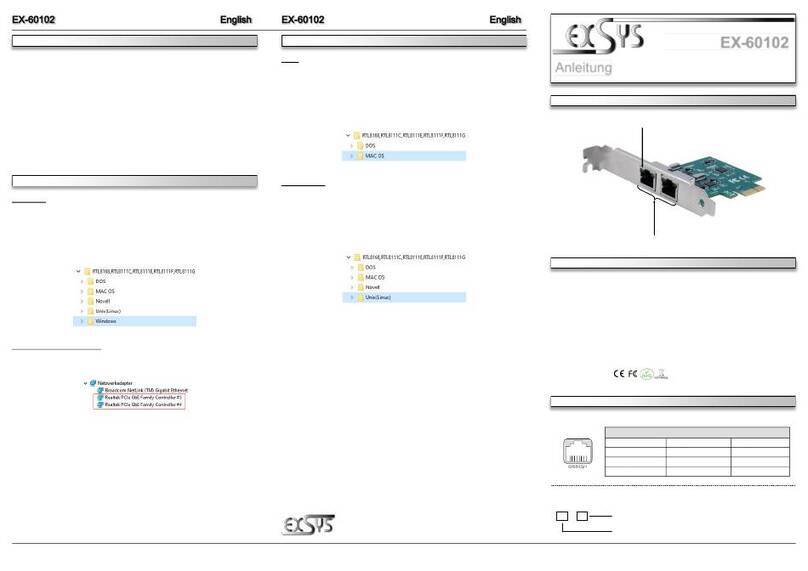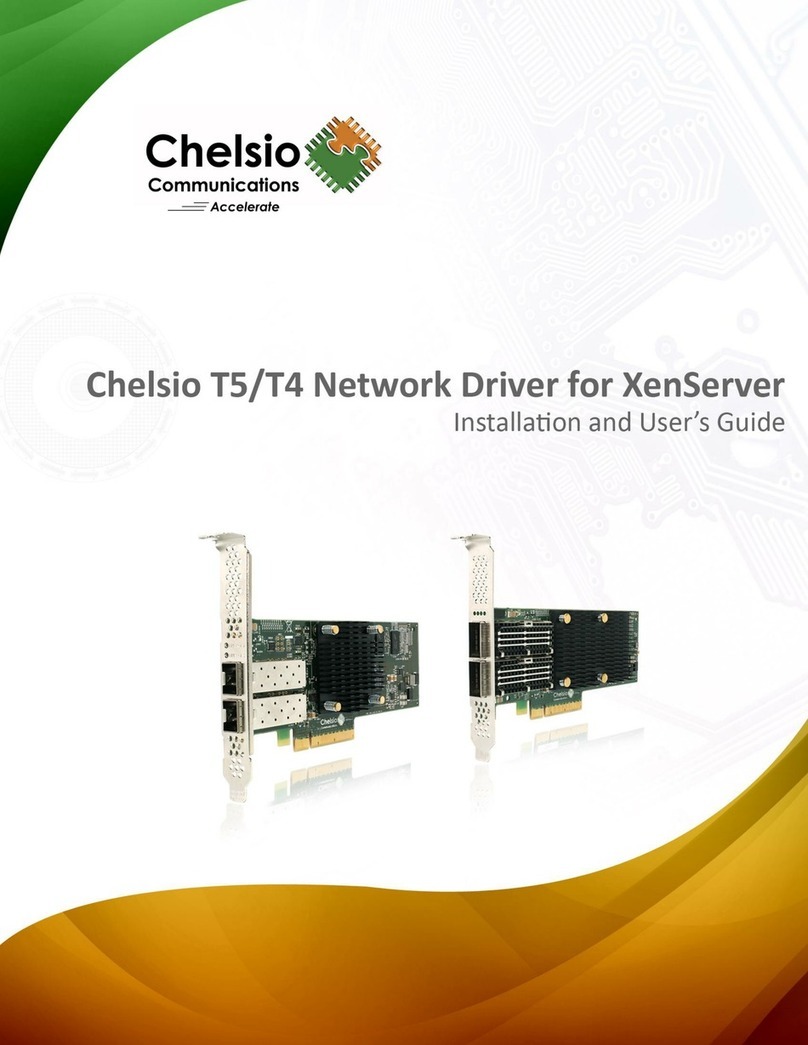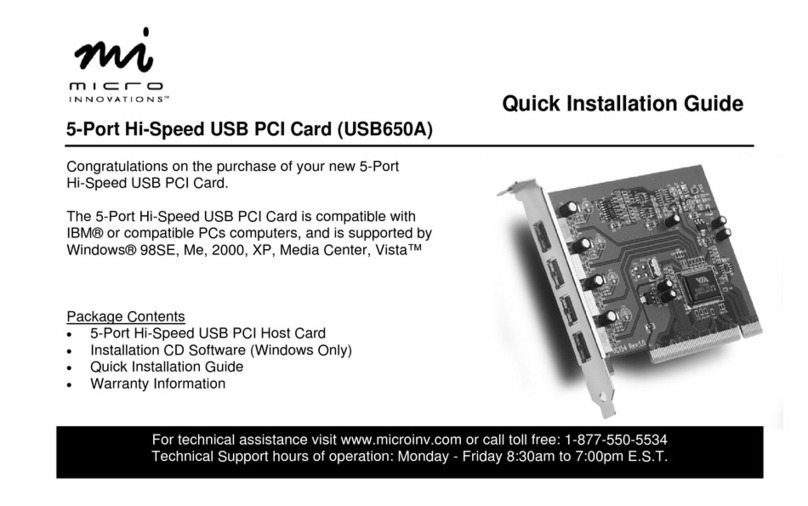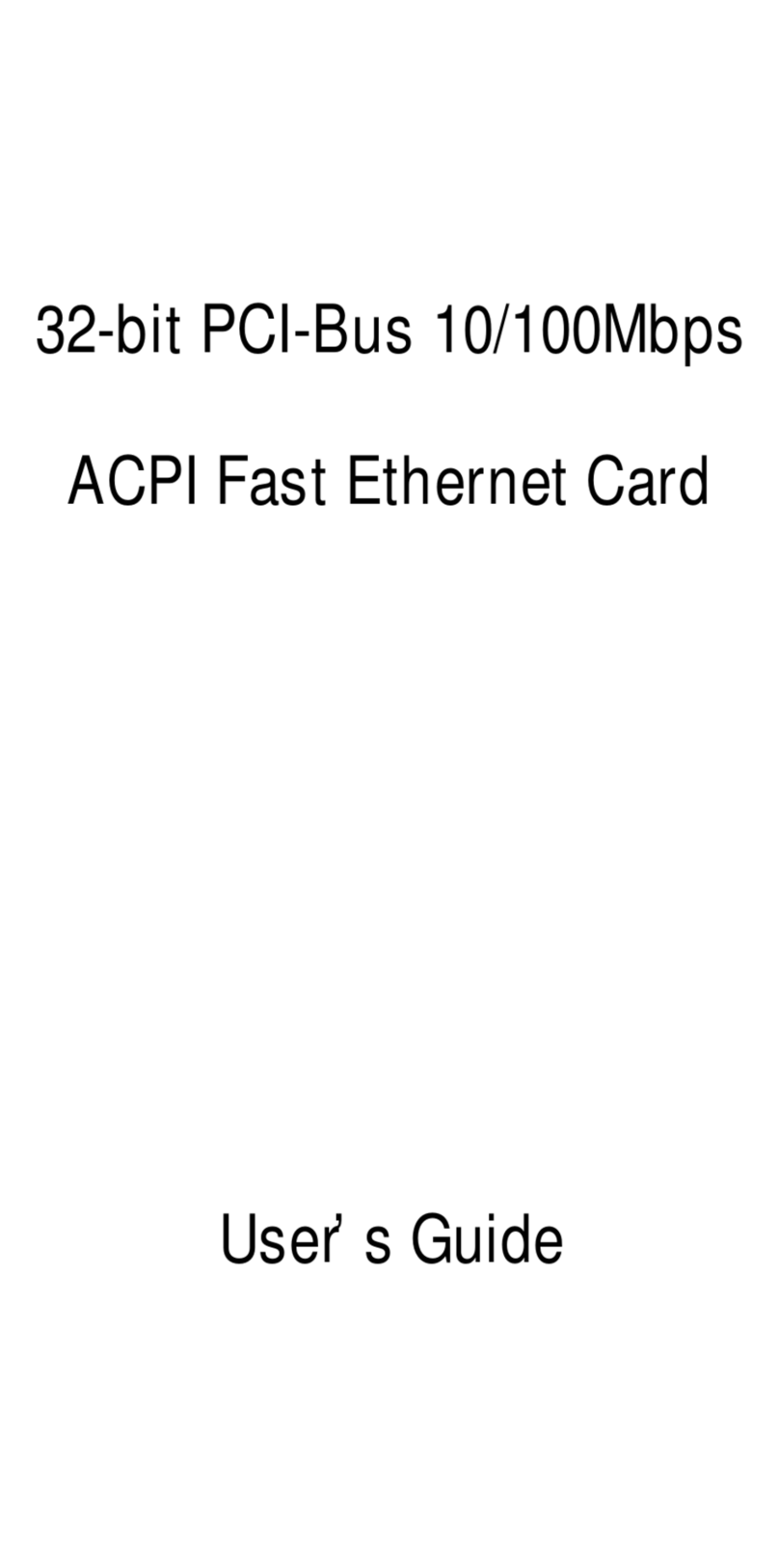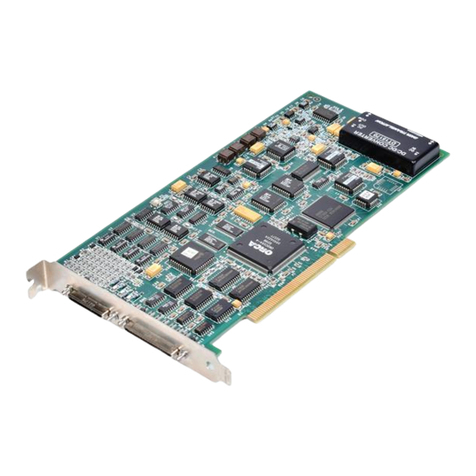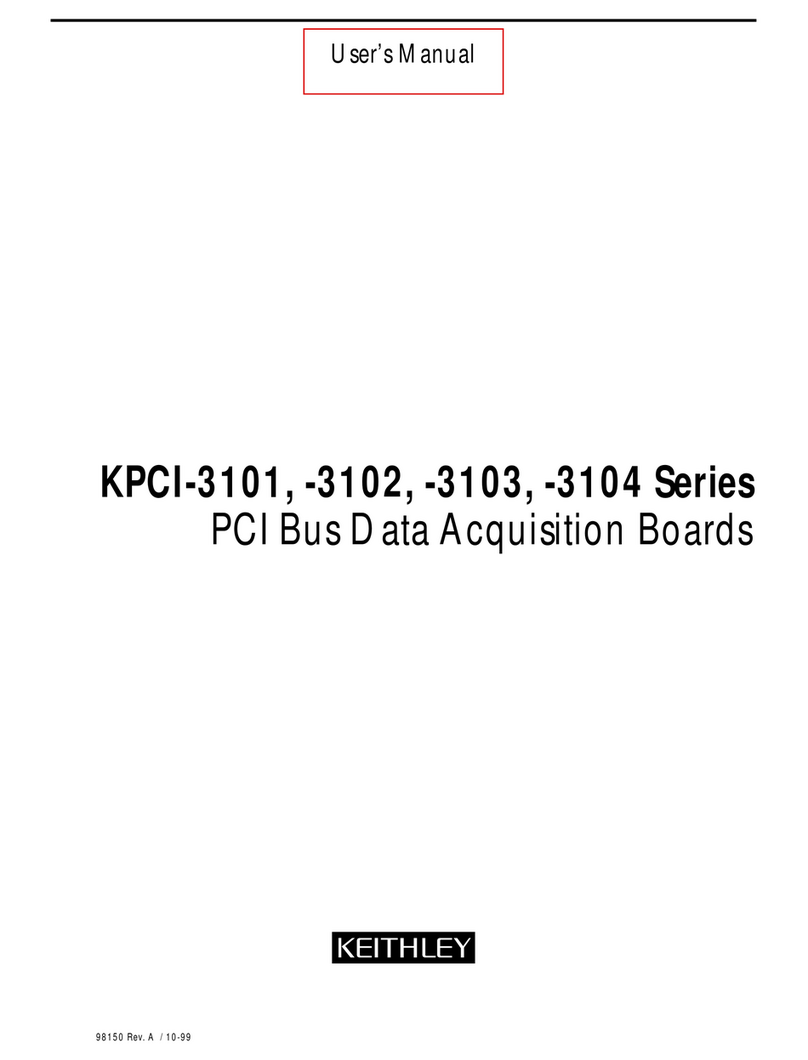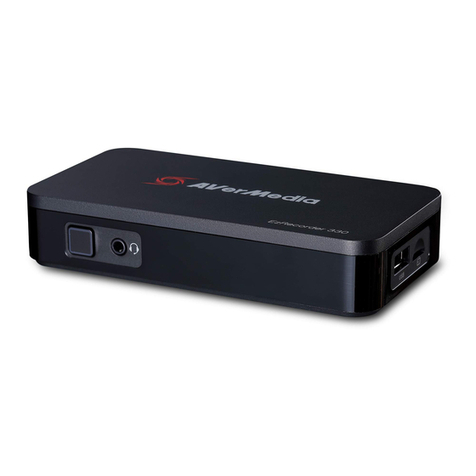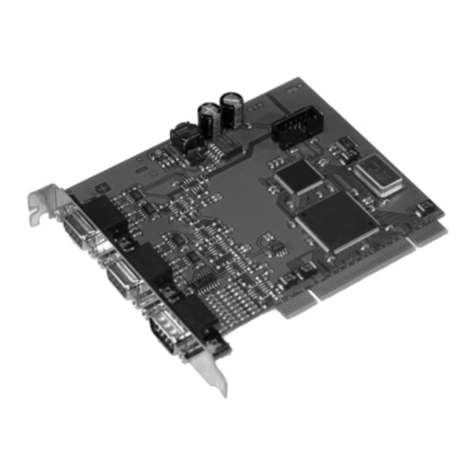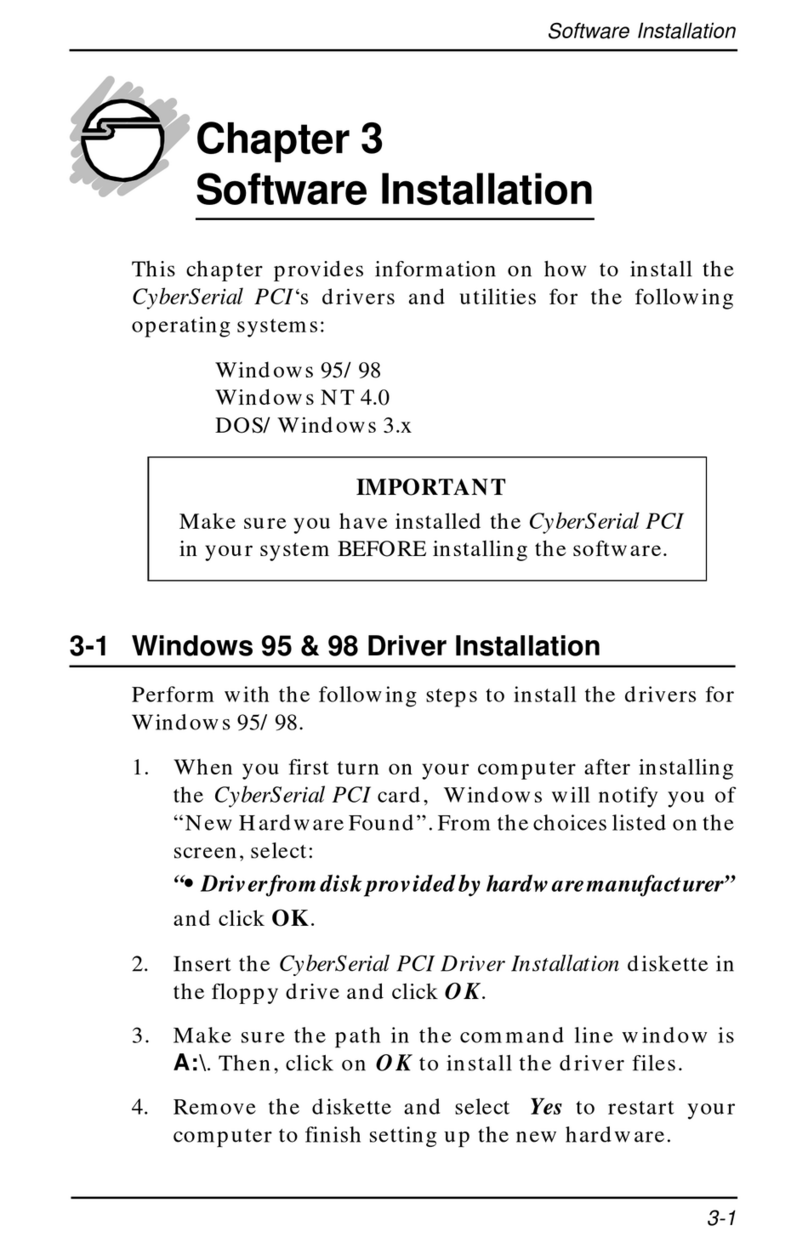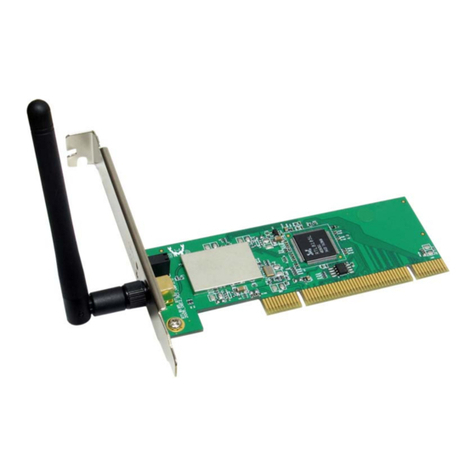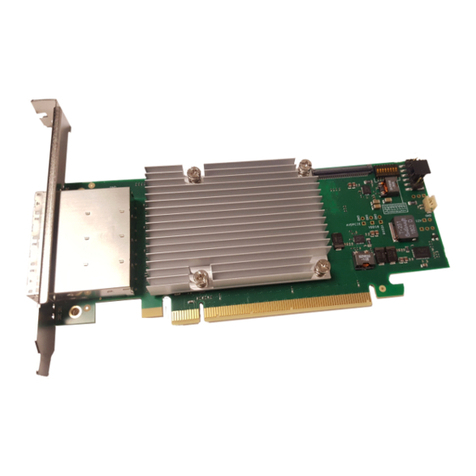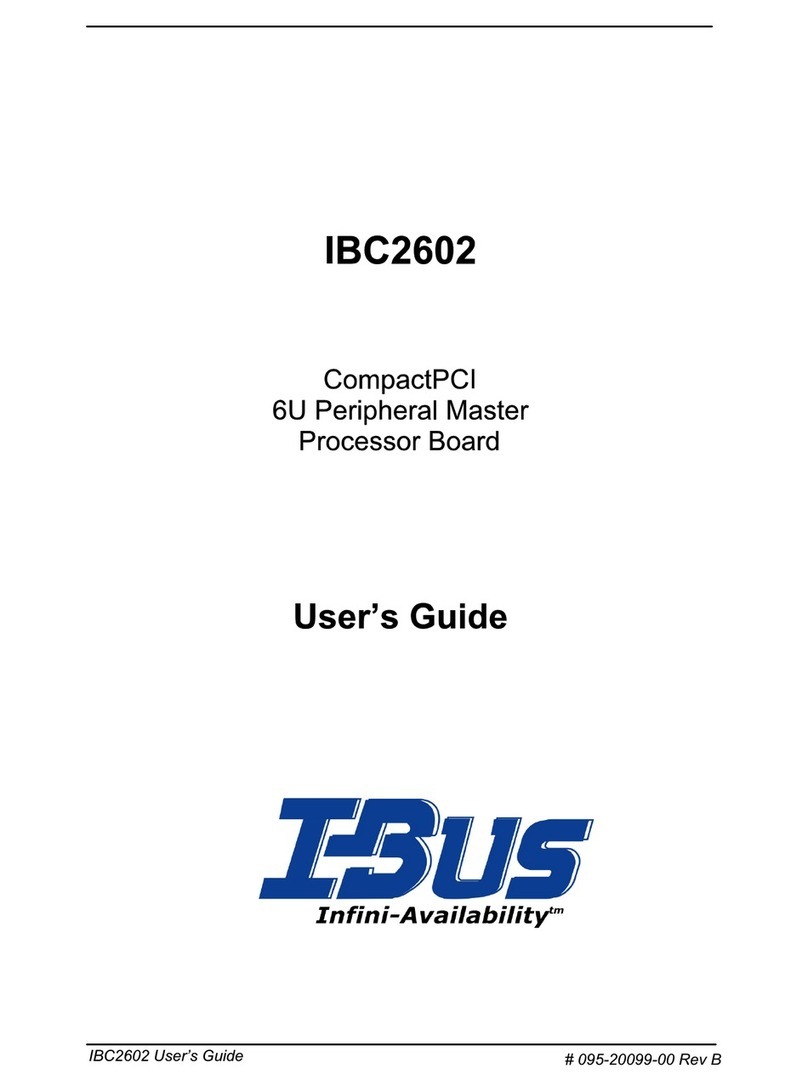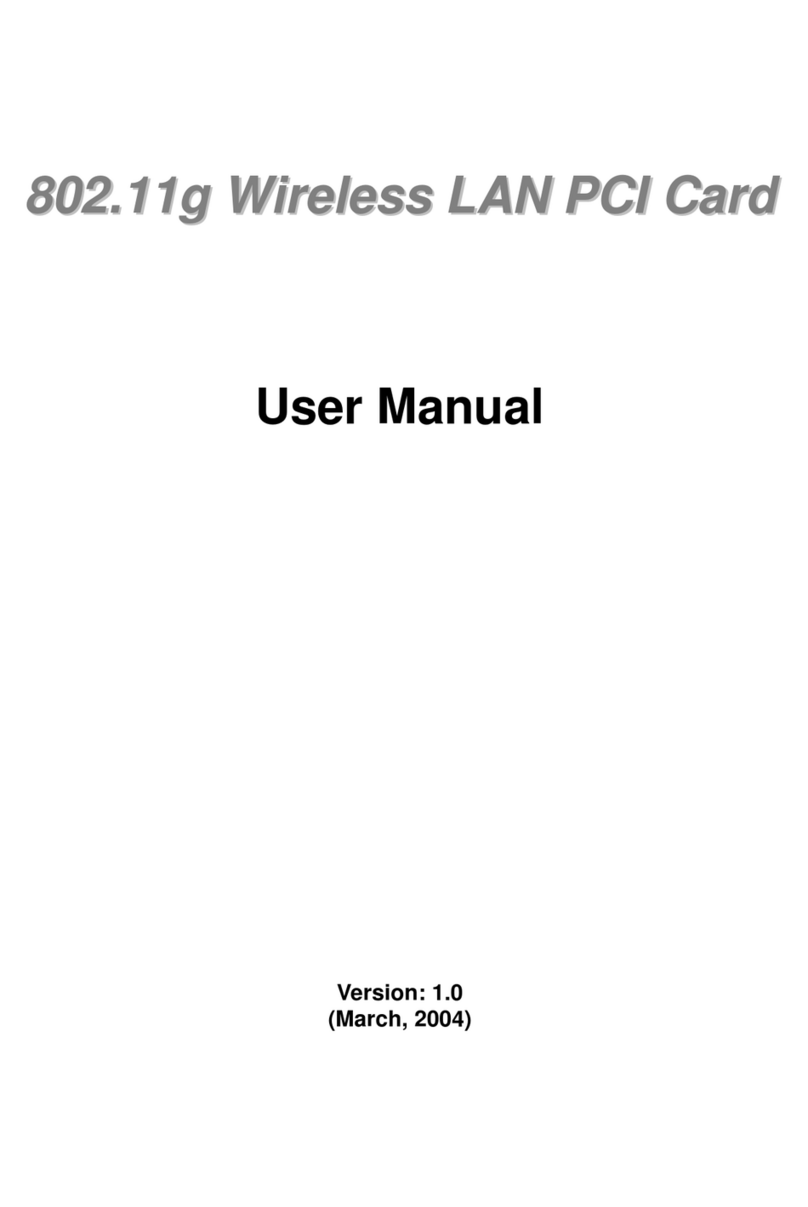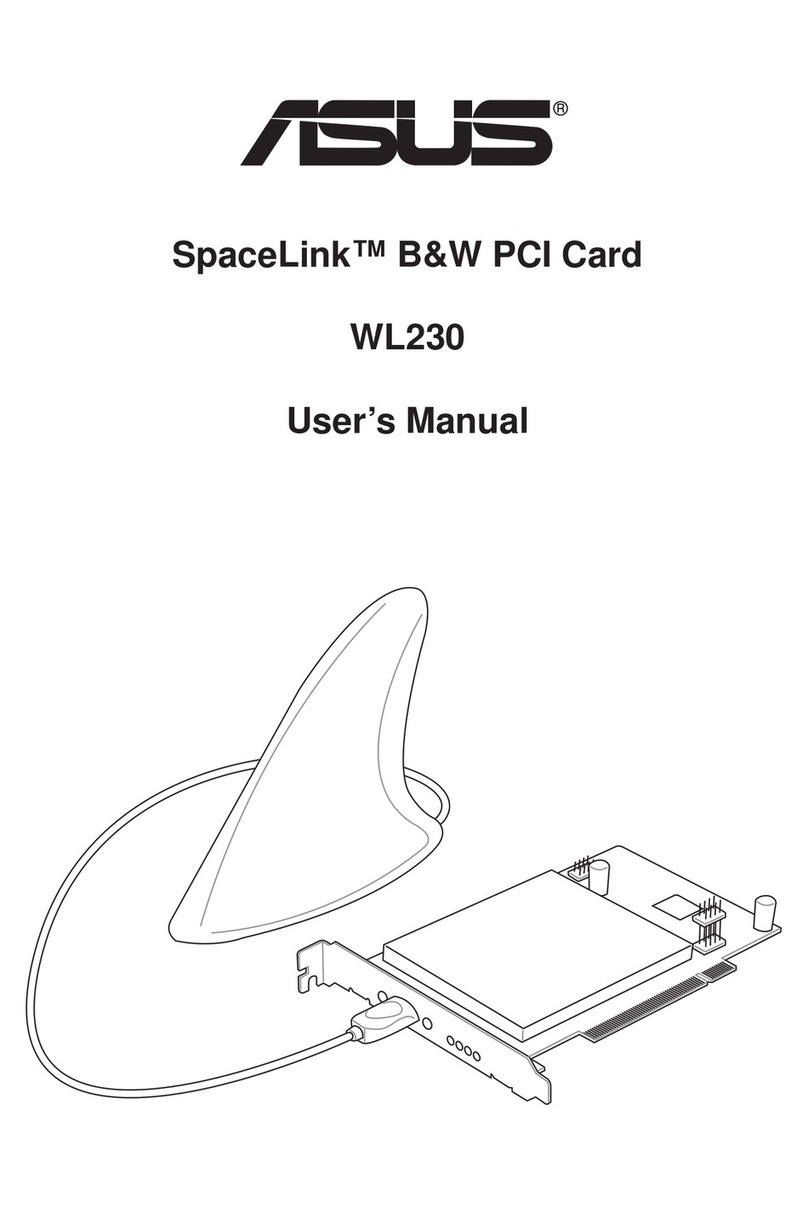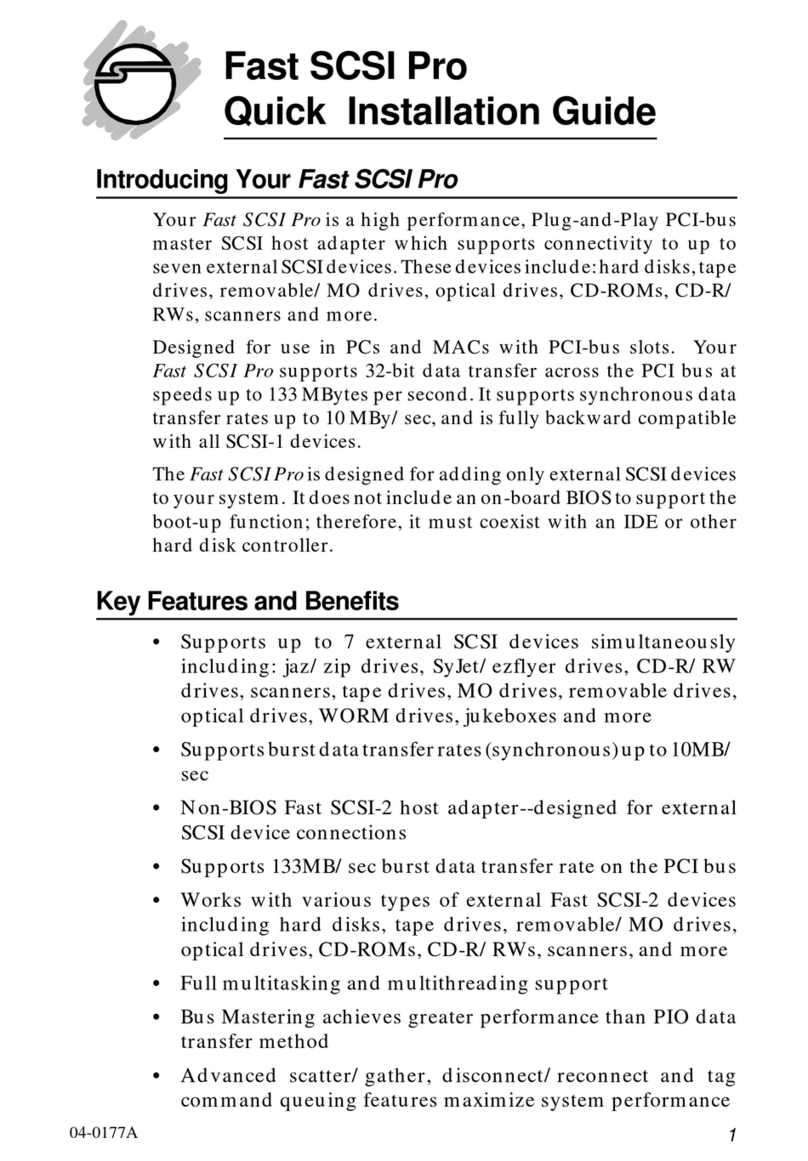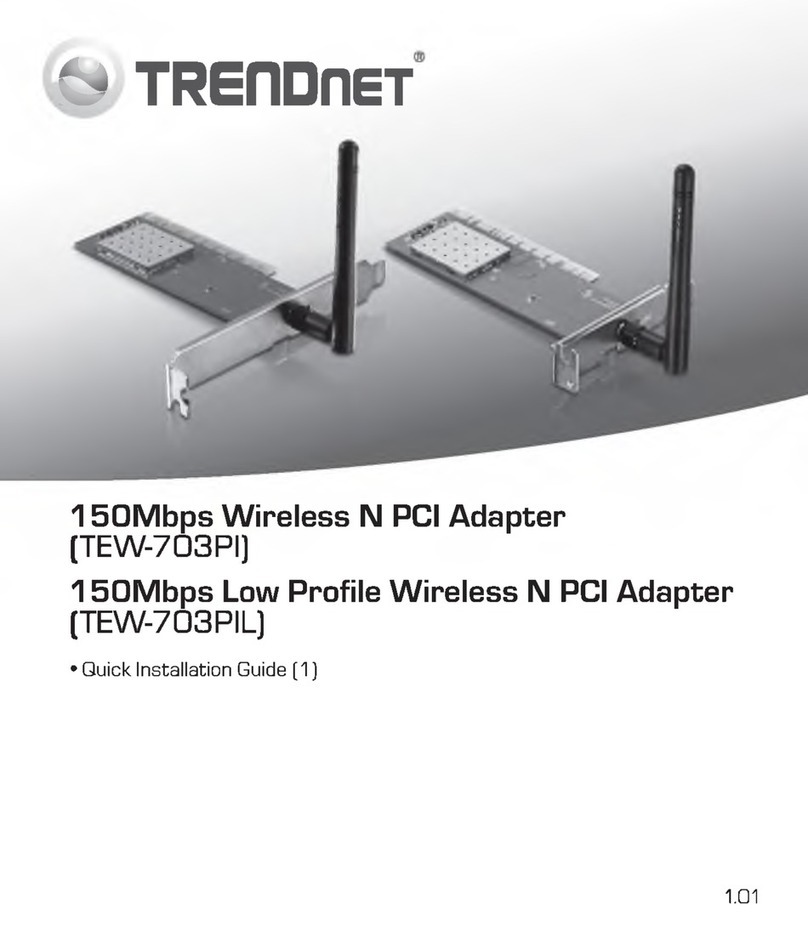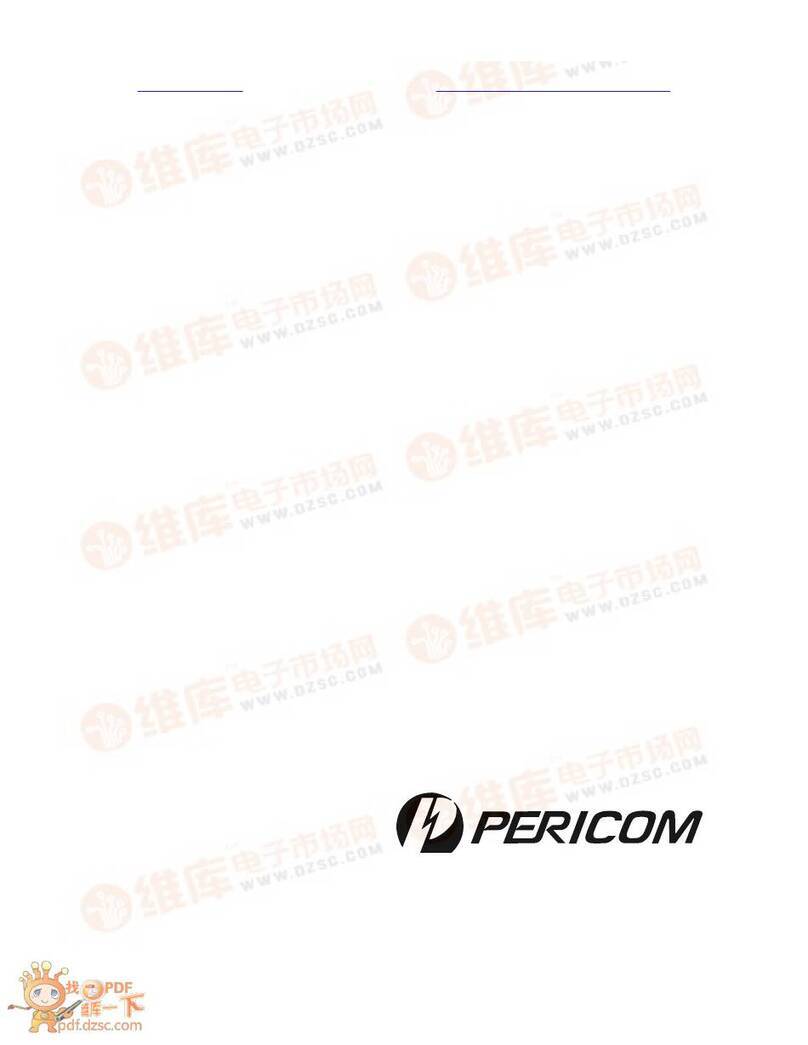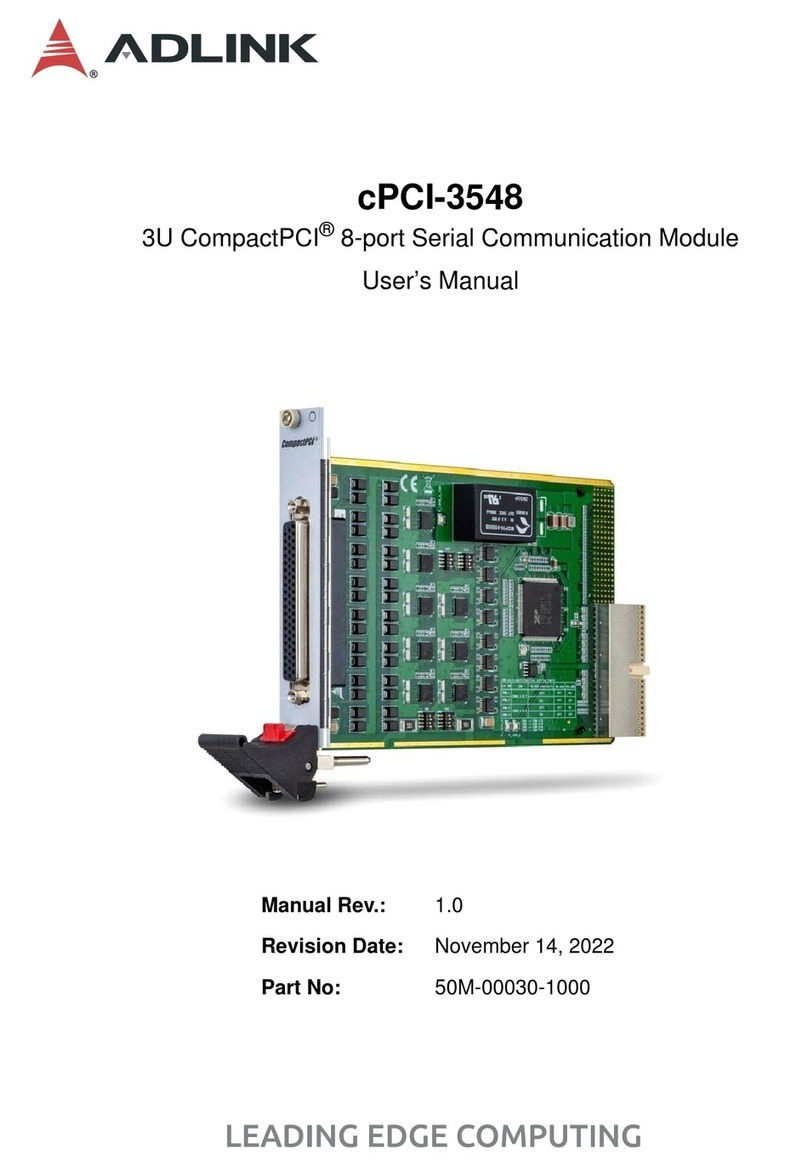ADC-16
USER
GUIDE
Three more digital outputs become availablewhen the optional STA-EX8expansion multiplexer(s)
is
not used. A
1
mA,
high-precision current source with a complianceof -10
V
to
+4
V
allows excitation
of resistance-based transducers such as RTDs.
All
connectionsto the ADC-16 pass through a standard
37-pin D connectorusing the manufacturer's C-1800cable.
Optional equipment for the ADC-16 includes two screw-termination boxes: the STA-U and the STA-
EX8. TheSTA-U provides access to all ADC-16 interfacesignals via miniature screw-terminal
connectors. TheSTA-EX8 provides access to all ADC-16 interface signals via miniature screw-
terminal connectors,and it provides eight additionalinput channels. Up to eight STA-EX8smay be
added
to
an ADC-16, resulting in
64
fully differentialchannels.
Operating
Modes
A/D
Transfers
TheADC-16 conducts A/D conversionson a self-timingbasis; the conversions progress as quickly as
the A/D circuitrycan operate. When a previous conversionends, the Driver starts another.
This
process continues until the scan is complete.
When a STart/Stop arrayis in use, the number of conversionsis equal to the number of channels
specified in the array. Thisnumber can be upto
64
if eight STA-EX8sare in the system.
When a Channel/Gain array is in use, the number of conversions is equal to the number of entries in
the array.
This
number can
be
upto 256.
There are three modes of A/D operations:
SYNCHRONOUSMODE
-
where the transfers are occur in the foreground, forcingthe user to
wait for the board to finish. This mode is invoked by the K-Syncstart call
(
seeChapters 6 and
7).
INTERRUPTMODE-
where the transfers occur in the background, allowing the user to execute
codeuntil the board finishes. This mode is invoked by the K-IntStart call and tested for
completionby the K-IntStatus call (seeChapters6and
7).
These
two
modes require that channel and gain information
be
set into Frames using the K-SetBuf
and K-SetChanGary or K-SetStartStopG calls. For more information on Frames, refer to Section
6.6.
IMMEDIATEMODE
-
where when a singleA/D operation takes place, all information is passed
via the Callparameters rather than by Frames, asin the two previous modes.
Digital Operations
Digital Input and Output operate
only
in the Immediate Mode, asdescribed above for
Immediate
Mode
1.2
SOFTWARE OVERVIEW
Thismanual refers to the ADC-16 softwareas the
Distribution
Software.
The Distribution Software
containsa softwareinstallation program, driver files,utility files, calibration files,and programming
examplefiles. For a list
of
these files, with descriptions, refer to the ASCII file
FILES.DOC.
1-2
